Not all heroes wear capes, some are emergency service workers who relentlessly go above and beyond for poorly people in communities up and down the north-east.
In advance of the national Emergency Services Day on Friday September 9 – or 999 Day – Your Life shines a blue light on the work of some of the unsung heroes who are there for people in their hour of need.
Today, following on from our feature on the realities of rural policing last week, we speak to senior paramedic practitioners and a female firefighter about the highs and lows of life on the frontline.
Alison Moggach
Advanced nurse practitioner with the Scottish Ambulance Service
“It makes my heart smile,” replies Alison with a deeply compassionate look in her eyes as she describes the feeling she gets when helping people in her beloved Aberdeen community.
“A lot of folk say they go for a jog in the morning and they come home full of endorphins,” says Alison.
“I get endorphins from my work developing teams, caring for my patients and inspiring others to improve.”
32-year career
For the past 32 years Alison – known affectionately as “Moggy” by her work family – has been at the coalface of the Scottish Ambulance Service in Aberdeen.
From babies and toddlers to teenagers and elderly people, Alison cares for all her patients like they’re her family, which is perhaps why she’s often approached while out doing her supermarket shop.
“We get people coming up to thank us all the time,” says Alison.
“It makes you feel good.”
Family affair
Clutching her “keep calm and let the ANP handle it” emblazoned mug of coffee, Alison’s caring and compassionate nature oozes out of every pore as she sits chatting at her desk in her second home – the Aberdeen Ambulance Station in Ashgrove Road West.
“I always wanted to work in healthcare,” says Alison.
“My mum and all my aunties were nurses but I wanted to be a paramedic.
“Growing up, we stayed in Buckie, so I remember the helicopters and ambulances coming to pick my mum up with the patients and transfer them through to Aberdeen.
“So that made me want to be in the ambulance service.”
Caring for others
After school, Alison and her identical twin sister Amanda, aged 17, both went on to study nursing.
Thirty-two years later and with a wealth of experience under her belt from working across a range of healthcare settings including in GP surgeries, A&E departments, rural areas and minor injury units, Alison is now one of the most qualified advanced nurse practitioners with the Scottish Ambulance Service.
“We’re senior clinical support for the Scottish Ambulance Service so we go out and support people out in the community and also over the phone and through video calls,” says Alison.
“We can respond to life-threatening emergencies but mainly our job is to look at urgent and primary care and to ensure that the patient gets the right care at the right time and at the right place.
“In our job if we can help a patient remain in a homely setting, surrounded by their family instead of being in a hospital away from family, it makes me feel proud if we can do that.”
Dedicated to patients
Devoted to being there for people in their time of need is something that comes naturally to Alison.
“My patients are as important to me as my family because as soon as I meet them I have to take responsibility in some way to help them if they need help,” says Alison.
“Helping people seems to come natural to me.
“I can communicate naturally with them and I can feel compassion for them and I also feel empathy for them.
“My patients are my main drive.
“But I’ve always liked to be someone who innovates and improves so I would describe myself as an inspirational person and a leader.”
Alison is so dedicated to helping people that she gives up her free time to volunteer with the Perthshire-based charity BASICS (British Association of Immediate Care Scotland).
“I’m a director and a responder for BASICS Scotland so I respond to emergencies if there’s no ambulances in the area,” says Alison, who is also an associate lecturer at Robert Gordon University.
“I also teach for them so I’m going to Barra soon to do a refresher course for them on resuscitation skills.”
Healthcare is certainly in the genes as Alison’s son Lewis, 23, is a paramedic based in Huntly, while her younger son Sam, 22, is a staff nurse in recovery theatre in Woodend Hospital in Aberdeen.
“I’m so proud of my sons,” says Alison.
“It’s great because I can go home and speak to them and feel like I can get a release if I need to.”
Gordon Riley
Advanced paramedic practitioner
From bathroom floors and on freezing cold pavements, Gordon Riley says helping women give birth in emergency situations is a “miracle”.
“I’ve delivered eight babies,” says Gordon, 58, from Aberdeen.
“I love it as I always think it’s a happy event, it’s a miracle really.
“I remember a baby was born in the middle of winter outside on the steps of a tenement flat.
“The baby wasn’t breathing and was frozen so we gave it some oxygen and ventilated it and half an hour later it’s howling – it was a miracle.”
From draftsman to paramedic
A proud born and bred Aberdonian, Gordon initially left school with ambitions to join the merchant navy before becoming a draftsman for a civil engineering company.
“Working as a draftsman, I was twiddling my thumbs,” says Gordon.
“The ambulance station was just a few hundred yards down the road so I came in and saw the manager who told me to apply.
“So I applied and was successful and I became one of the first paramedics in Aberdeen.
“Back then I was often the only paramedic on shift for the whole area but now there’s a paramedic in most ambulances.
“It was a great learning experience for me as you saw the most ill patients more frequently so it was a good grounding.”
Advanced skills
In his 28-year career, Gordon has seen the ambulance service evolve dramatically.
“In those days, everyone went to A&E and the nightshifts weren’t so busy,” says Gordon.
“The workload has gone up and that reflects the kind of patients we’re seeing.
“We’re seeing more elderly people with more complex health needs.
“So that’s why we’ve had to develop advanced practice because we’re dealing with such complexity.
“It takes a lot more clinical reasoning than the paramedics might have had in the past.
“We also need to have more advanced skills in examination and history taking and then we have to come up with a more appropriate patient management plan.”
Although it can be extremely demanding and challenging at times, Gordon says it’s also very rewarding.
“There’s ups and downs for me,” says Gordon.
“It can be really sad and distressing. But on the flip side of that you get incredible highs as well.
“For example, you might get a patient who is in extreme agony with gallstones or having real breathing difficulties with asthma or COPD (chronic obstructive pulmonary disease) so we can treat them and 45 minutes later they’re up chatting and walking about, it’s like they’re a completely different person.
“It’s so rewarding to see that your treatment is effective.”
Emergency Services Day
As well as his work as an advanced paramedic practitioner, Gordon has also taught at Robert Gordon University and was the course lead for the university’s new BSc Hons Paramedic course.
When Gordon gets the chance to unwind, he can be found on his mountain bike.
“The workload is massive so that’s why it’s important to do other things that you enjoy.”
With demands on emergency services increasing constantly, Gordon believes it’s important for their work to be recognised as part of Emergency Services Day.
“I think it’s nice for the emergency service to be recognised,” says Gordon.
“A lot of countries do it as when you look at Canada it’s a big national thing, so it’s nice to be recognised.”
“A national day is good idea, it will flag up the good work that is being done.”
Hannah Smith
Firefighter
When a little girl at a local school pointed and exclaimed “look there’s a lady fireman”, it was a funny yet proud moment for Hannah Smith.
“It does feel empowering to be a female firefighter,” says Hannah.
“Especially when it’s an all-male crew and I’m just there like ‘yes I can do this as well’.”
Female role model
Inspired by her mum’s best friend who was a female firefighter in Edinburgh, Hannah was only 11 years old when she decided she wanted to become a firefighter.
Fourteen years on and Hannah has more than fulfilled her childhood ambition as not only is she a full-time firefighter based at Aberdeen’s North Anderson Drive but she also travels back to her native Nairn on her days off where she works as a retained firefighter.
“When I joined it was like having heaps of big brothers,” laughs Hannah.
“We all wound each other up but we’re all each others’ best mates at the same time.
“It was daunting going into the fire service as an 18-year-old female but they made me feel so welcome which was good.
“I love the camaraderie and being able to help people in the community.”
Drive and determination
Growing up Hannah says she can’t recall seeing many female firefighters but she says that’s changing now.
“My mum’s friend, who was like my adopted auntie, lived in Edinburgh and was a female firefighter down there.
“She took me to the fire station a couple of times and I decided it was the kind of family I wanted to join.”
Full of drive and determination, Hannah worked tirelessly in her bid to become a firefighter, juggling work as a duty manager at a hotel and a supervisor at a nightclub/bar while studying sport and fitness at college and working as a retained firefighter in Nairn.
“I was a busy teenager for some reason, normally they’re lazy,” laughs Hannah.
Working as a retained firefighter in Nairn was Hannah’s first experience of the fire service.
“Being a retained firefighter was an experience and a half as you’re literally just living your day in your normal job and then as soon as the pager goes you just have to drop everything and bolt to the fire station,” says Hannah.
Making her family proud
During lockdown in 2020, Hannah’s dreams came true when she got a full-time job as a firefighter in Aberdeen.
“I’m loving it,” says Hannah.
“It’s one of the busier stations in the city so we’re always out and about.
“We can be called out to anything from wildfires and house fires to car accidents and medical incidents.”
One person who was extremely proud of Hannah’s achievements was her late granddad Paul Morris.
“My grandad saw me becoming a retained firefighter but he didn’t managed to see me being a whole-time firefighter,” says Hannah.
“He sadly passed away in 2018 but my granny told me I had no idea how proud my grandad actually was of me.
“That hit home when she told me that, it was really nice to hear.”
Inspiring women
Asked what it takes to become a firefighter, Hannah says: “I think you definitely need to be strong,” says Hannah.
“As part of the training there’s what we call a casualty carry which is 50kg, and then you’ve got all your kit on as well and that’s another 30kg, so you’re sweating already before you pick up the casualty.
“You also need to be focused, calm and resilient as well.”
Hannah hopes that by sharing her story she can inspire more girls to join the service.
“I would like to see more girls become firefighters,” says Hannah.
“If you’ve got the thought in your head then you’ve already made the first step.
“At least look at the application and try and think of answers and press send and come and join us.”
And although 10-hour day shifts and 14-hour night shifts may seem tiring, Hannah says you get used to them.
“Lots of coffee keeps us going and we do training and keep our minds busy,” says Hannah.
“The camaraderie helps, as does the dark humour of the emergency services.”
The Scottish Fire and Rescue Service has launched a year-round recruitment drive for whole-time firefighters in the north of Scotland.
Visit firescotland.gov.uk/careers/wholetime for more information.
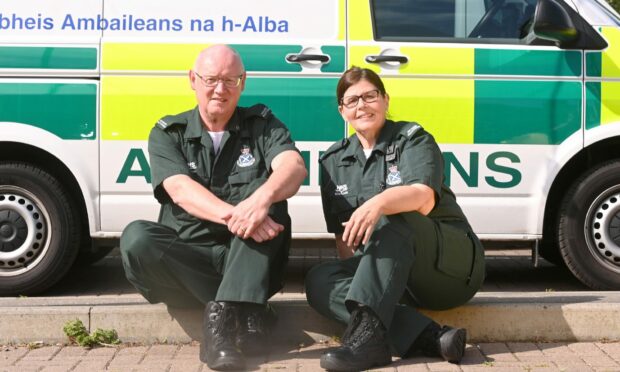

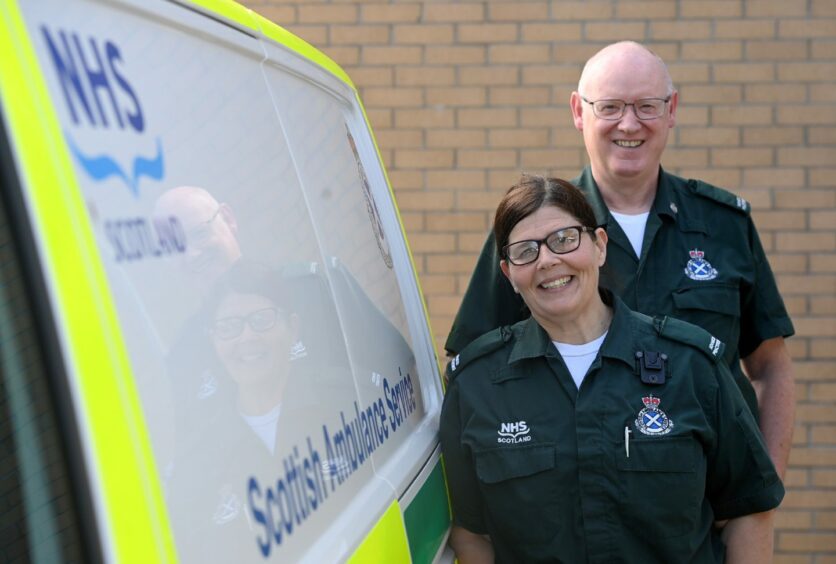

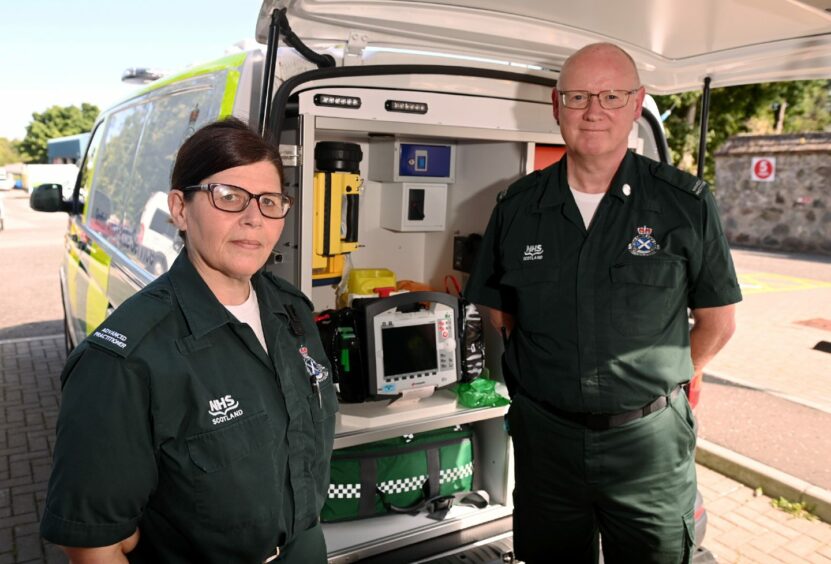
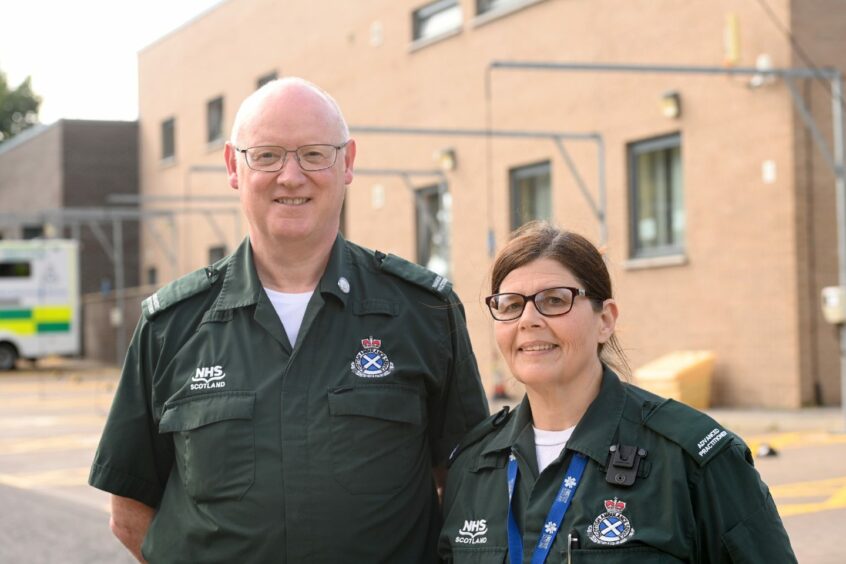
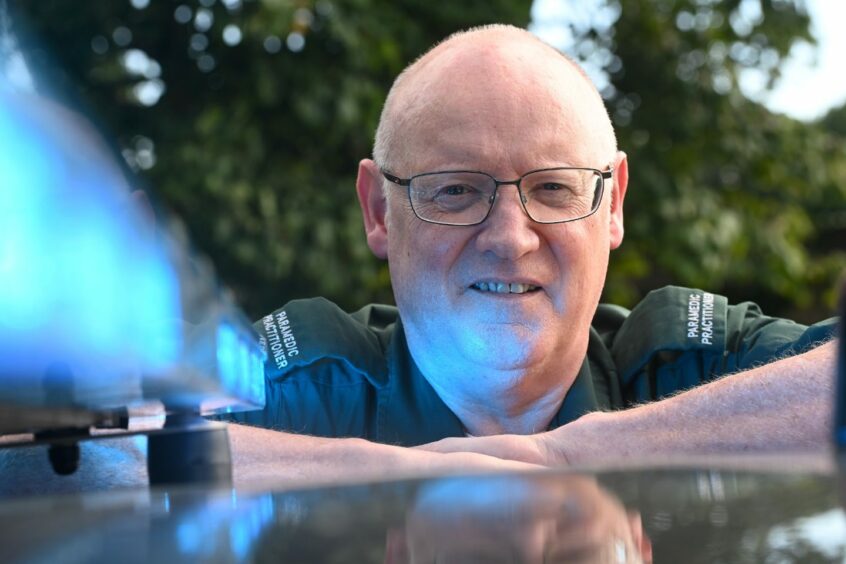
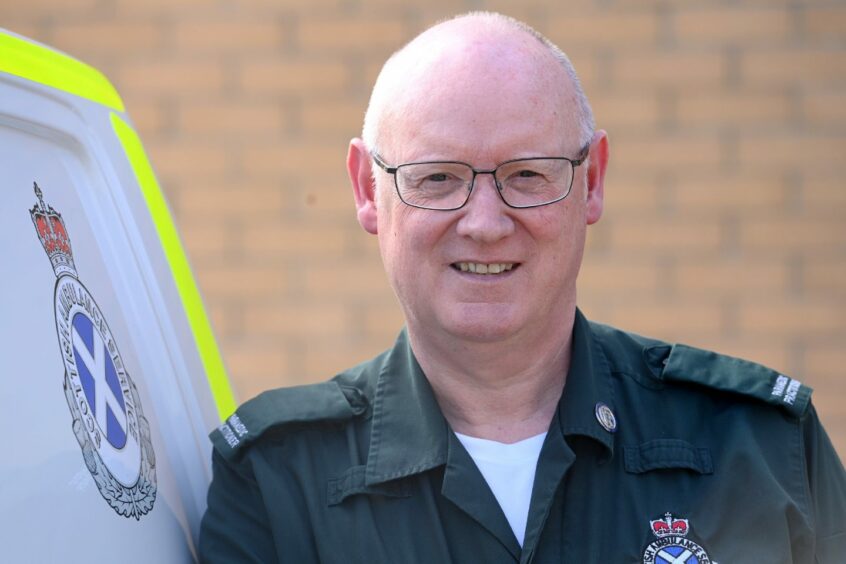
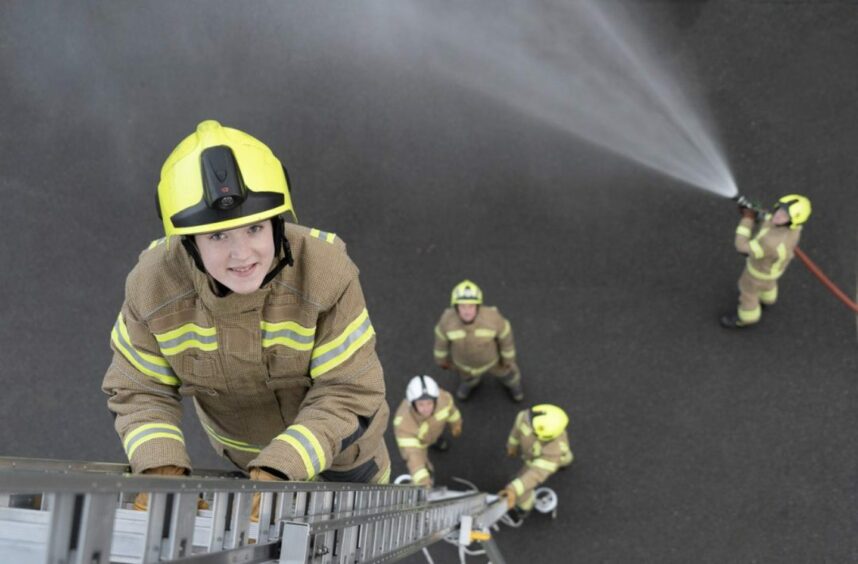
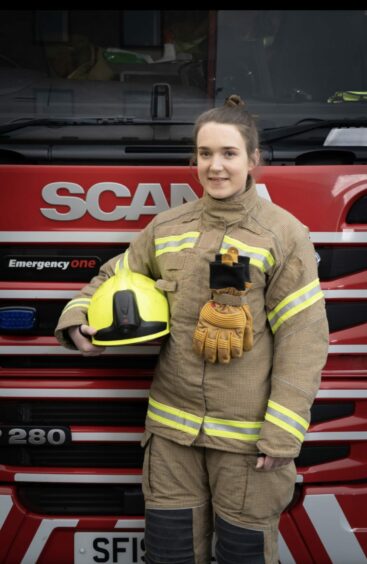
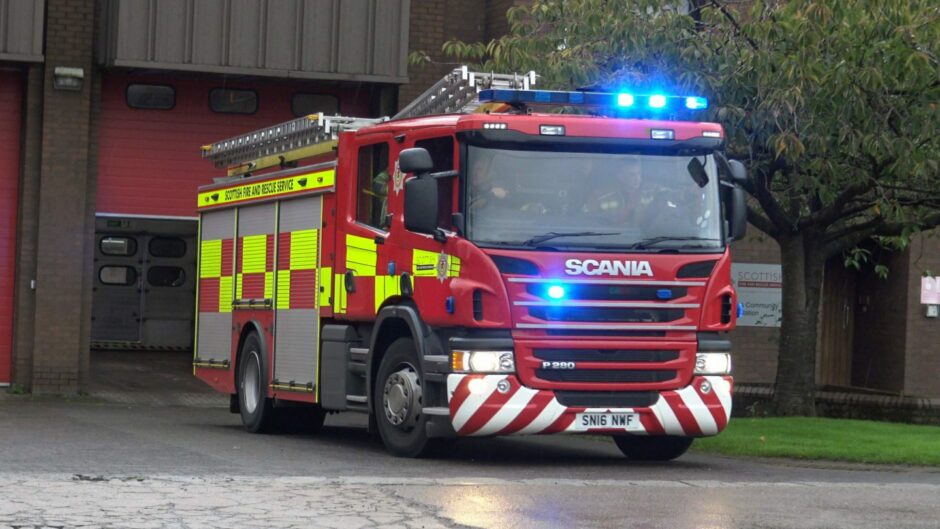
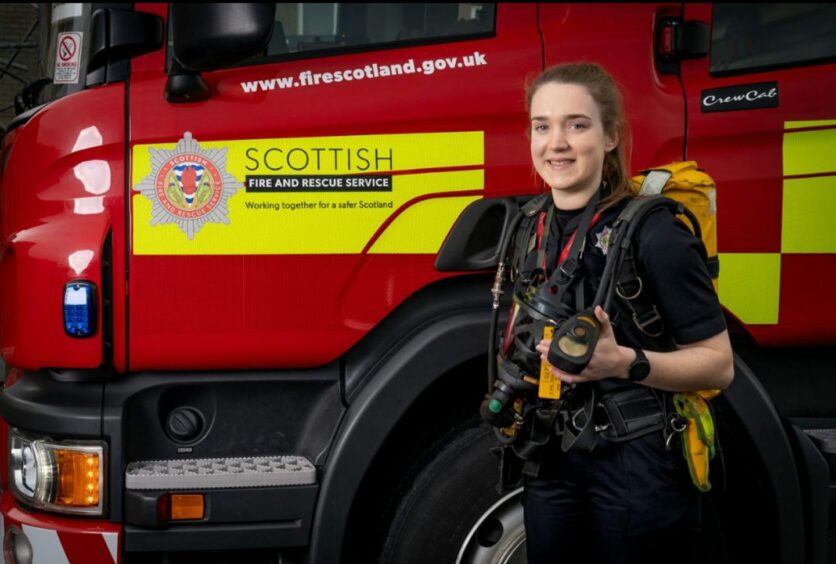
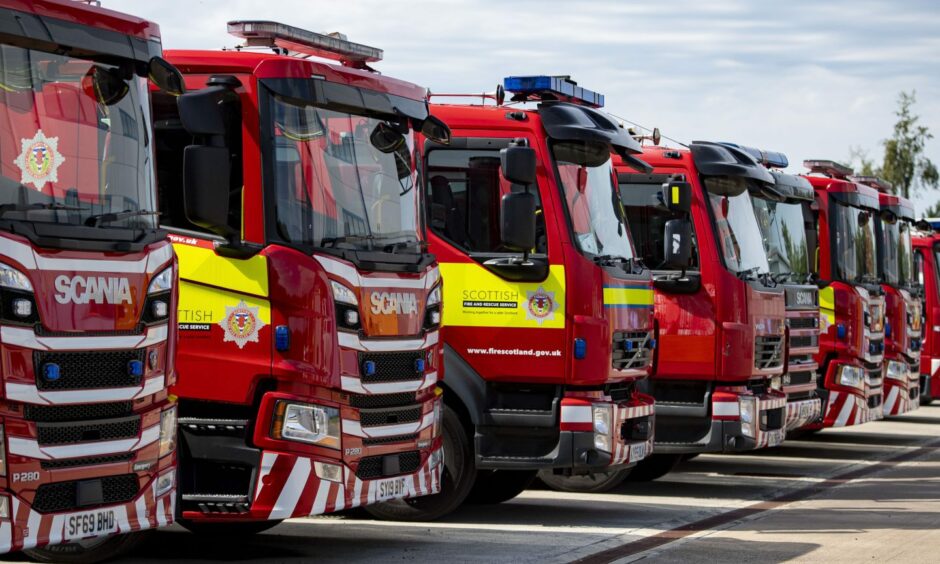
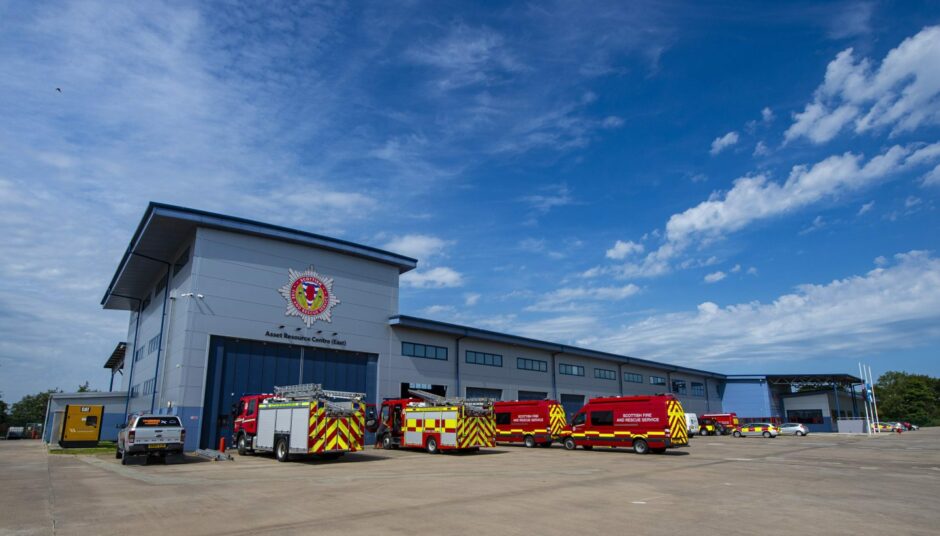
Conversation